Sarawak Traditional Music Instrument: Sape analyze and disseminate information on the origins of the sape, its role in traditions, weddings, festivals, and daily life, as well as how a sape is made, playing techniques and finally the evolution of the sape until today. This book is filled with various photos of the sape making process, the design of traditional and contemporary sape, the motifs used, and the musical notation of the sape repertoire. This book also introduces the sape repertoire and the sape players and makers who have made their names globally and are locally well-known.
Sape is a plucked string instrument originating in Borneo and traditionally played by the Orang Ulu communities. The Orang Ulu (upriver people) consist of many tribes, especially the Kenyah, Kayan, Kelabit and Penan as well as others. Most of these them live in the interior, such as in the districts of Kapit, Bintulu, Miri, Limbang, Sarawak and Kalimantan, Indonesia. Currently, the sape is known all over the world and it is also used as a cultural icon to represent the state of Sarawak in Malaysia’s national tourism promotional media. Among the sape players who have successfully brought the sape to the international arena are the late Tusau Padan, Uchau Bilung, Mathew Ngav Jau, Jerry Kamit and Leslie Eli.
List of Photographs
List of Diagrams
List of Musical Transcriptions
Preface
Acknowledgement
CHAPTER 1: SAPE AS A MUSICAL INSTRUMENT
The History of the Sape in the Oral Tradition
Historical Development of the Sape
The Anatomy of the Sape
CHAPTER 2: THE ROLE OF THE SAPE
Comforting the Soul and Strengthening the Spirit
The Custom and Tradition of the Sape
Taboos and Customs of the Kayan Tribe
The Role of the Sape
The Sape in Festivals
The Sape in the Kayan Festivals Today
CHAPTER 3: THE MAKING OF THE SAPE
The Wood Selection Process
The Equipment to Make Sape in the Traditional Way
The Wood Cutting Process
The Process of Making and Shaping Sape
The Process of Piercing the Sound Holes
The Process of Refining and Smoothening the Body
The Process of Drilling Holes for the Tuning Pegs
The Process of Making the Traditional Tuning Pegs
The Process of Drawing and Carving Motifs
Installing the Pitch Frets
CHAPTER 4: MOTIF AND DESIGN OF THE SAPE
Visual Symbol on the Sape
Traditional Colours
CHAPTER 5: SAPE TUNING METHOD
The Tuning of a Sape
The Placement of Frets on a Sape
Ways of Playing a Sape
CHAPTER 6: SAPE REPERTOIRE
Sape Anyi Selong
Chut Tuyang
Sape Leto
Londok
Sape Urau
Titiek Titiek Kenai Ujan
Det Diet Tapung Ulat Kitan
Dotun Julud
Leleng
CHAPTER 7: THE SAPE PLAYER IN SARAWAK
Tusau Padan (1933 — 1996)
Uchau Bilong (1938 — 2009)
Dungau Tegong (1945 — 2016)
Mathew Ngau Jau (1953)
Ukong Mering
Henry Anyie Ajeng
Davidson Chong @ Irsyad Akmal @ Boboy
CHAPTER 8: INNOVATION AND CONTINUANCE OF THE SAPE
Innovation in Sape Making
Contemporary Sape Maker
Contemporary Sape Player
Malaysian Traditional Orchestra and Sape
Chinese Traditional Ensemble and Sape
Sape and Globalization
The Sape Movement in 21st Century
Sentiment
Writer’s Biography
Bibliography
Index


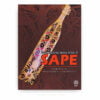
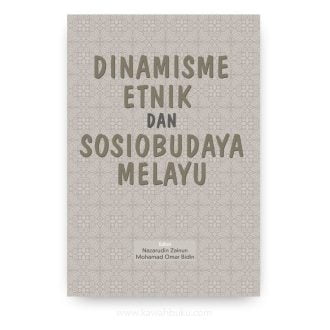
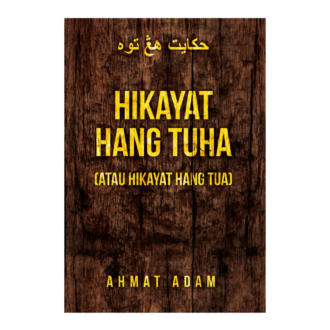


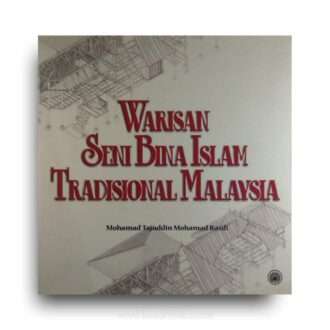
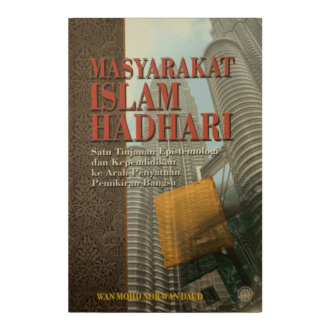


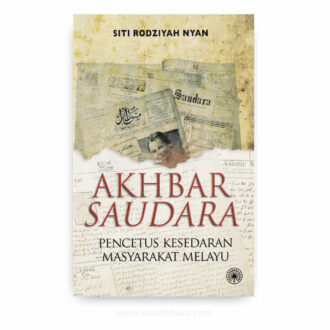
Reviews
There are no reviews yet